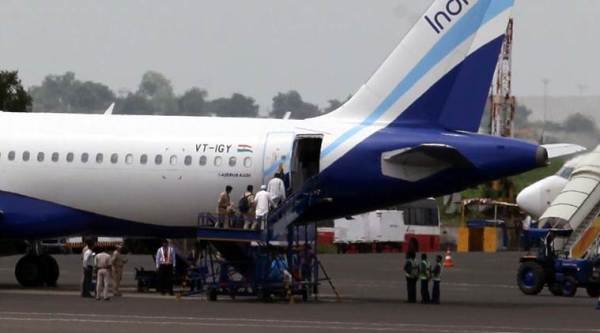 Air services were delayed last afternoon for nearly three hours as authorities waited for the sun to lower (Express Photo/File)
Air services were delayed last afternoon for nearly three hours as authorities waited for the sun to lower (Express Photo/File)
Flight operations were affected at New Delhi’s Indira Gandhi International Airport (IGI) on Friday due to the severe heat — the temperature touched 44.9 degrees Celsius in Palam. Due to heatwave conditions, services were delayed in the afternoon for nearly three hours as authorities waited for the sun to lower.
A similar situation was reported from Phoenix in the United States of America in June last year when dozens of flights were canceled at the Phoenix Sky Harbor International airport for a few days after temperatures soared to around 48 degrees Celcius (118 degrees Fahrenheit).
To make it easier for flyers, American airlines alerted its customers in advance. They also offered fee-free changes to upcoming flights that were departing or arriving at Phoenix between 3 and 6 p.m., when temperatures peak.
A specific airline canceled 50 flights in and out of Phoenix. The most affected were regional flights on American Eagle as they used Bombardier CRJ planes that can only operate at temperatures of 118 degrees or below, according to Washington Post. On June 26, 2017, a record high temperature at the Phoenix airport was recorded when temperatures reached 122 degrees Fahrenheit (exactly 50 degrees Celsius). Flights were grounded at the airport on that day too.
But how do rising temperatures affect air services?
It is difficult for an aircraft to take off when there’s severe heat as the air becomes thinner. When the density reduces, there is lesser air to lift an aircraft off the ground. This puts additional pressure on the engine to generate more power during take-off. When temperatures rise, like they did in the capital city on Friday, planes require a longer runway length to take off.
Further, severe heat can also result in the overheating of an aircraft’s components.
With no respite yet from the scorching heat in Delhi — temperatures are likely to touch 43 degree Celsius through the weekend — planes may continue to be delayed at IGI. The northwest monsoon, which made landfall in Kerala three days ahead of schedule on May 29, but has been sluggish in the last week, delaying its progress over north India. Pre-monsoon showers are likely to begin in the capital city only after June 27.